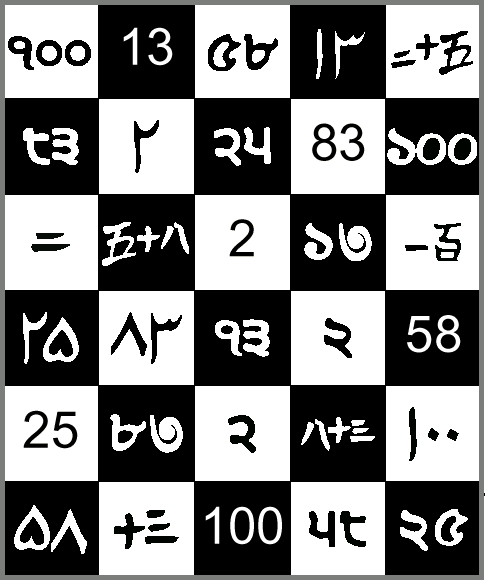Howard Cater made the great discovery of the boy Pharaoh, Tutankhamun.
Howard Carter (9 May 1874 – 2 March 1939) was an English
archaeologist and
Egyptologist who became world famous after discovering the intact tomb of the 18th Dynasty Pharaoh,
Tutankhamun (colloquially known as "King Tut" and "the boy king") in November 1922.
In 1907, after three hard years for Carter,
Lord Carnarvon employed him to supervise Carnarvon's Egyptian excavations in the
Valley of the Kings.
[6] The intention of
Gaston Maspero, who introduced the two, was to ensure that Howard Carter imposed modern archaeological methods and systems of recording.
[7][8]
Carnarvon financed Carter's work in the Valley of the Kings to 1914, but until 1917 excavations and study were interrupted by the
First World War. Following the end of the First World War, Carter aggressively resumed his work.
After several years of finding little, Lord Carnarvon became dissatisfied with the lack of results, and in 1922 informed Carter that he had one more season of funding to search the Valley of the Kings and find the tomb.
[9]
On 4 November 1922, Howard Carter's excavation group found steps that Carter hoped led to
Tutankhamun's tomb (subsequently designated
KV62) (the tomb that would be considered the best preserved and most intact pharaonic tomb ever found in the
Valley of the Kings).Here is the famous Howard Carter.



































